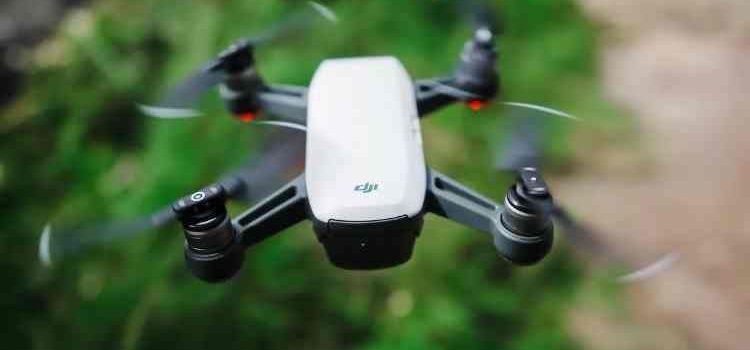Drones have come a long way in recent years, and they are now being used in a wide range of industries, from agriculture to construction and from photography to delivery.
Businesses are finding new and innovative ways to use drones to improve efficiency, save money, and gain a competitive edge. One of the most exciting developments in the world of drones is the availability of advanced features that are specifically designed to meet the observation and aerial photography needs of businesses.
This article will explore some of the most notable advanced business-focused features available on today’s drones, including thermo, set patterns, and more.
Table of Contents
- Thermo
- Set Patterns
- Other Advanced Features
- Conclusion
Thermo
One of the most important features for businesses that use drones is the ability to collect thermal data. Drones equipped with thermal cameras can detect temperature differences, which can be used for a wide range of applications, such as identifying leaks in pipelines, detecting hot spots in industrial facilities, and monitoring crop health. This data can be used to identify potential problems before they become serious, which can save businesses time and money.
Thermal imaging is also useful for monitoring wildlife, detecting poachers and illegal activities, and even identifying the location of people in need of rescue.
One of the most popular drones for thermal imaging is the DJI Mavic 2 Enterprise Dual, which is a compact and portable drone that can fly for up to 31 minutes and has a range of 4 miles. The drone is equipped with a thermal camera that can detect temperature differences as small as 0.1°C.
Set Patterns
Another advanced feature that is becoming increasingly popular among businesses is the ability to set patterns for drones. This allows businesses to program a specific flight path for their drone, which can be used to automate tasks such as inspections, surveys, and mapping. This can save businesses a significant amount of time and money, as they no longer need to manually control the drone.
For example, construction companies use drones to inspect building sites, and they can set patterns for the drone to follow to ensure that all areas of the site are covered. This can be done quickly and easily, and the data can be analyzed in real-time to identify any potential problems. Drones can also be set to fly over large areas of land, such as farms, to survey the land and collect data.
Another example is in the real estate industry, where drones can be set to fly over properties and take high-resolution photos and videos. This can save agents a significant amount of time and money, as they no longer need to manually take photos of each property. The set patterns can also be used to create virtual tours of properties, which can be used to attract potential buyers.
Other Advanced Features
In addition to thermo and set patterns, there are many other advanced features available on today’s drones that are designed to meet the needs of businesses. Some of the most notable include:
- Obstacle avoidance: Drones equipped with obstacle avoidance technology can automatically detect and avoid obstacles in their path, which can save businesses time and money by reducing the risk of crashes.
- Return to home: This feature allows drones to automatically return to their takeoff point when their battery is low or when they lose communication with the controller. This can save businesses time and money by reducing the risk of losing their drone.
- Automated payload release: Drones can be equipped with automated payload release, which allows them to drop packages or other payloads at a specific location. This can be used for a wide range of applications, such as delivering packages, dropping life rafts, or releasing flares.
- High-resolution cameras: Many drones are now equipped with high-resolution cameras that can capture stunning photos and videos. These cameras can be used for a wide range of applications, such as real estate, construction, and photography.
- GPS and GLONASS: Drones can be equipped with GPS and GLONASS, which are satellite navigation systems that provide precise location data. This can be used to track the drone’s position, speed, and altitude in real-time, which can be used for a wide range of applications, such as mapping, surveying, and search and rescue.
- Long Flight Time: Drones with a long flight time can stay up in the air for an extended period, which means less downtime for charging the drone. This can be important for businesses that are using drones for tasks that require the drone to be in the air for an extended period.
- Cloud-based data management: Many drones now offer cloud-based data management, which allows businesses to store and access data from their drones in the cloud. This can be useful for businesses that need to share data with multiple users or that need to access data remotely.
Conclusion
In conclusion, drones have come a long way in recent years and they are now being used in a wide range of industries to improve efficiency, save money, and gain a competitive edge.
One of the most exciting developments in the world of drones is the availability of advanced features that are specifically designed to meet the needs of businesses. These features include thermo, set patterns, obstacle avoidance, return to home, automated payload release, high-resolution cameras, GPS and GLONASS, long flight time, and cloud-based data management.
These features are making it easier for businesses to use drones to improve their operations, and they are opening up new opportunities for businesses to use drones in ways that were previously not possible.

